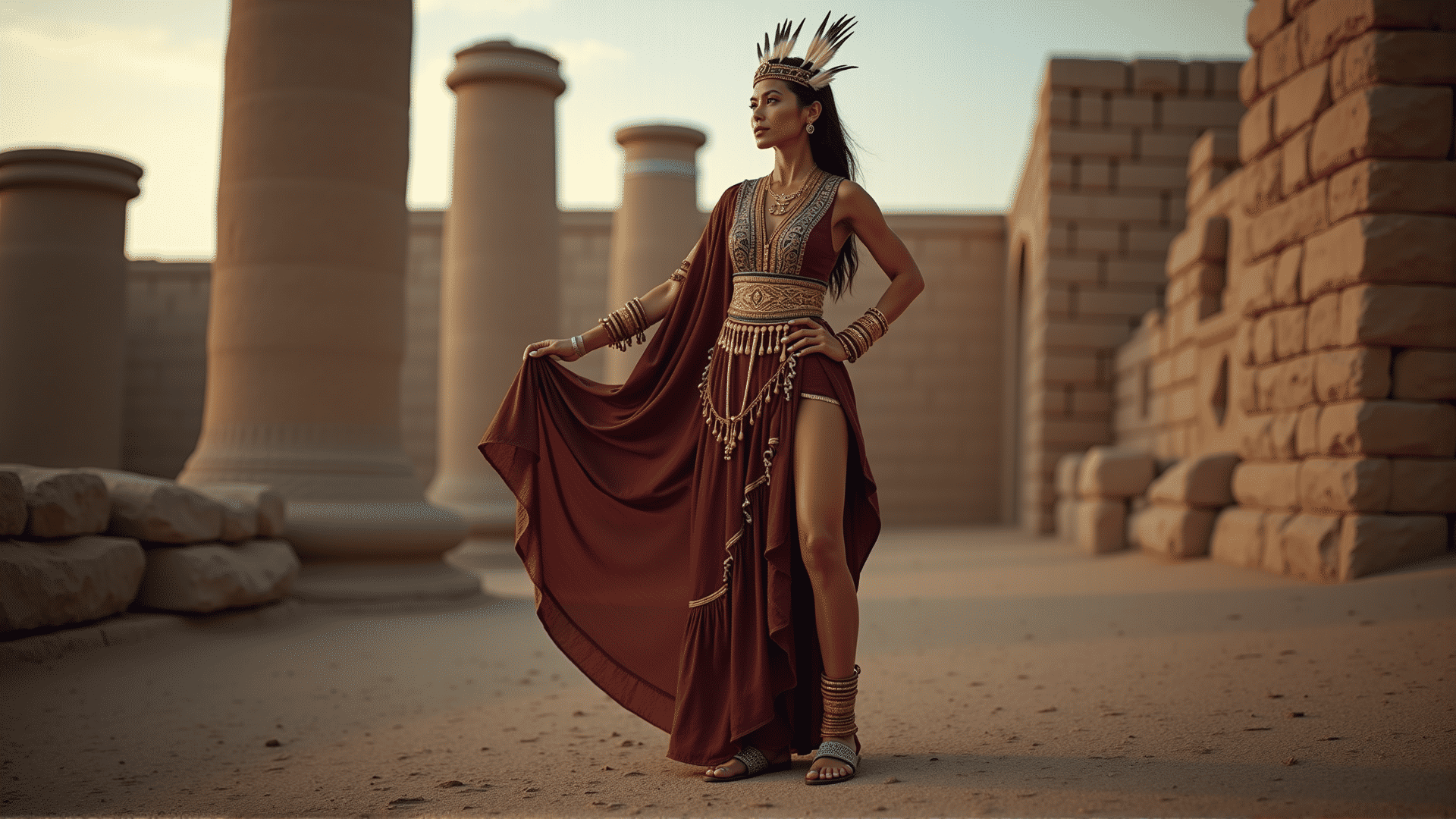Throughout history, clothing has been more than just a necessity for protection and modesty; it has served as a symbol, a statement, and an art form. As contemporary fashion continues to evolve, an increasing number of designers and enthusiasts are finding inspiration in the garments of ancient civilizations, breathing new life into styles that are centuries old.
In ancient times, clothing was deeply intertwined with cultural identity, social status, and functionality. Each civilization boasted its own unique flair, from the intricate drapes of ancient Roman togas to the detailed embroidery of Chinese Han dynasty attire. These styles not only served practical purposes but also conveyed cultural narratives and were often imbued with symbolic meanings.
Today, this reverence for the past is manifesting in diverse ways. Many designers are exploring the refined elegance of Grecian silhouettes, with flowing dresses and tunics that emphasize both comfort and sophistication. These garments often feature ethereal drapes and soft, natural fabrics that reflect the unassuming grace of classical antiquity.
Similarly, the warriors of the past continue to fascinate modern audiences, leading to the resurgence of structured elements such as armored vests and military-inspired jackets reminiscent of Roman centurions or samurai warriors. These pieces highlight a blend of strength and style that appeals to the contemporary fashionista's desire for both power and poise.
The exquisite patterns and textiles of ancient Egypt are also seeing a revival, influencing designers to incorporate bold geometric motifs and rich color palettes that mirror the splendor of pharaohs. Gold accents and elaborate jewelry, much like those worn by Egyptian nobility, are making a comeback, emphasizing a lavish elegance rooted in history.
Furthermore, the sustainable fashion movement has also benefited from ancient influences. Historical techniques of fabric production, including natural dyeing and hand weaving, are making a resurgence as eco-conscious consumers seek ways to reduce their environmental footprint. Ancient textiles like linen and hemp, celebrated for their durability and low environmental impact, are becoming staples in modern wardrobes.
This trend of looking back to move forward is not just about aesthetic admiration but also about reconnecting with the craftsmanship and values of earlier eras. As societies today grapple with issues surrounding consumerism and globalization, ancient fashion provides a template for more mindful consumption and appreciation for the artistry behind every stitch.
In conclusion, the reimagining of ancient clothing styles in modern times reflects a broader quest for connection with the past and a desire to integrate timeless beauty into our daily lives. As we navigate the ever-changing landscape of fashion, these enduring elements serve as a reminder that true style is indeed timeless, transcending the bounds of epochs and societies to find new expression in every era.
